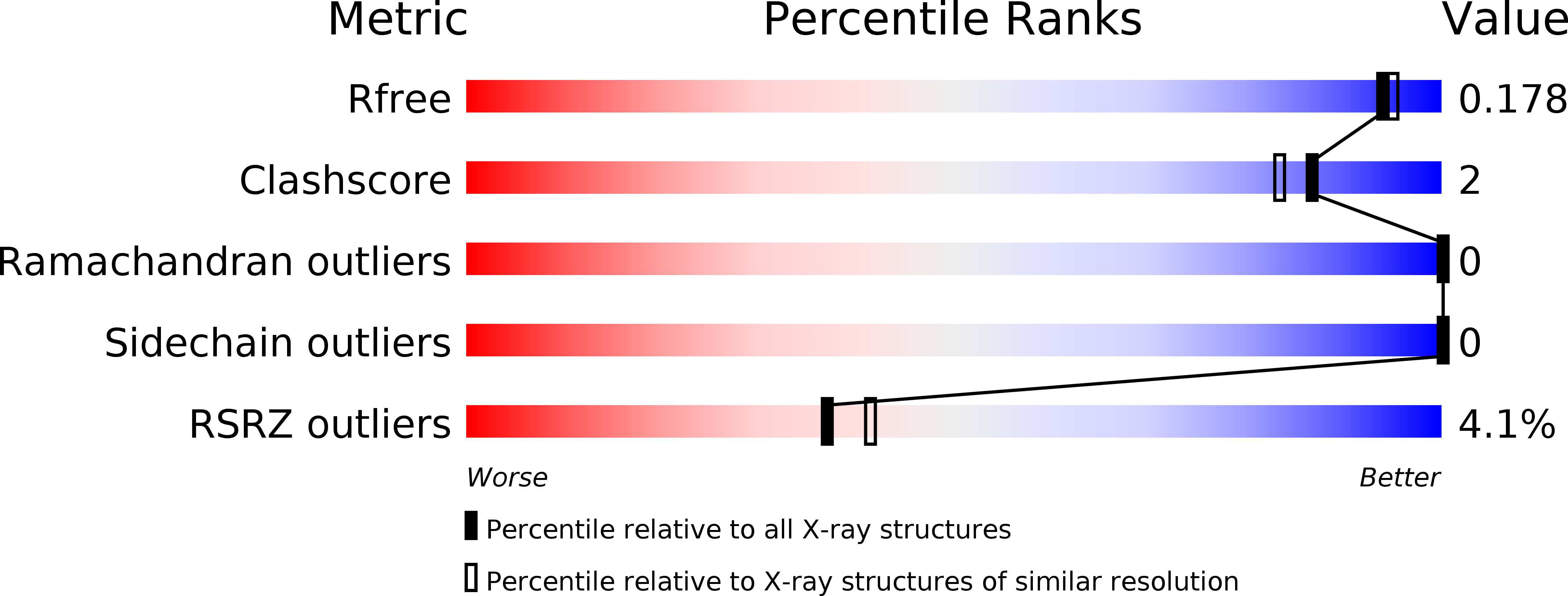
Deposition Date
2019-08-22
Release Date
2020-05-13
Last Version Date
2023-10-11
Entry Detail
PDB ID:
6U41
Keywords:
Title:
1.7 angstrom structure of a pathogenic human Syt 1 C2B (D304G)
Biological Source:
Source Organism:
Homo sapiens (Taxon ID: 9606)
Host Organism:
Method Details:
Experimental Method:
Resolution:
1.70 Å
R-Value Free:
0.17
R-Value Work:
0.15
R-Value Observed:
0.15
Space Group:
P 32 2 1


